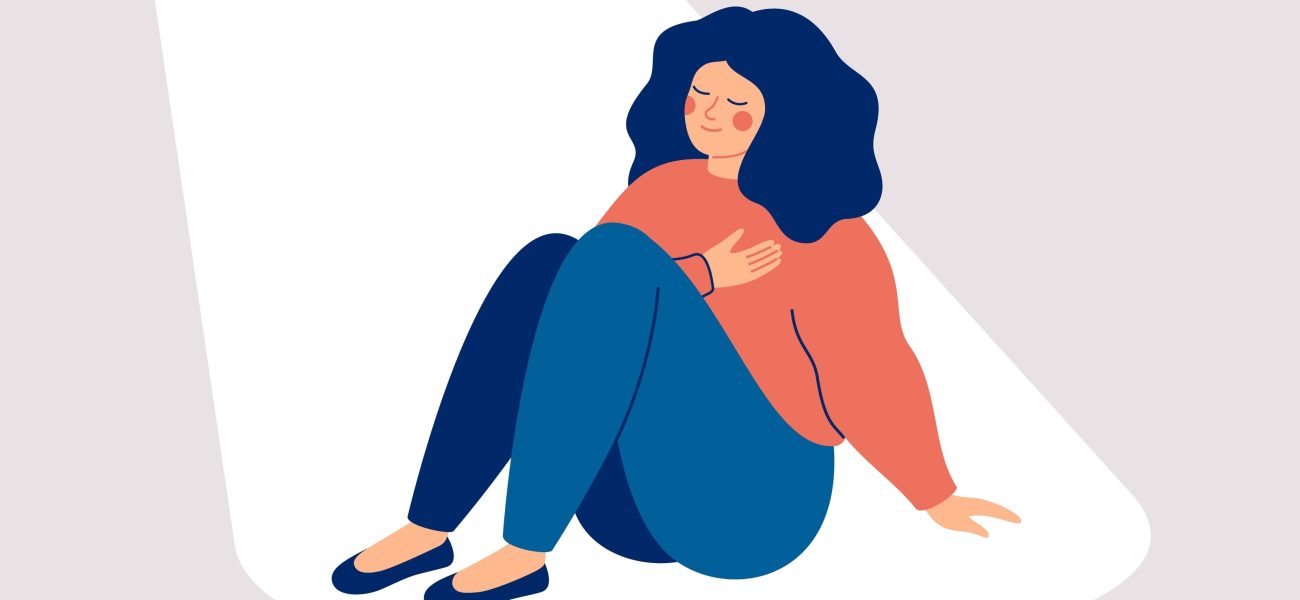As a life coach and hypnotherapist, working with clients and their fears is something I do often. Fear can manifest in all sorts of scenarios and can be crippling for some, which can make dealing with fear – or closing the fear gap – quite challenging.
However, it can be overcome once you learn how to sit in the discomfort that comes with being outside of your comfort zone. If you can be OK with that, the benefit is you get to actually do the things you know you are meant to do and reap the rewards that come with them! All it takes is a little inward work.
Face the fear
The way we’ve evolved means that we all feel fear and we are meant to feel it. We can’t erase it altogether, because we need to feel it if we’re ever in real danger. But, what is helpful is learning how to differentiate between having a healthy amount of fear and an increased sense of fear that starts blocking us from experiences and desires in our lives. When fear makes us play small in life and holds us back from who we are and who we came here to be, then these are the times to face it and know sometimes we just have to do those things even when we’re scared.
A long time ago, I learnt that the physical sensation of fear is a very similar feeling to excitement, and knowing this really helped me in many situations. Take for example, if I had a public speaking event. When I’d feel that fear going in, I’d challenge myself and ask “How do you know it’s fear and not excitement?” I could choose to feel only one, and I’d choose excitement every time, because it helped me way more than focusing on my fear.
That fear didn’t immediately go away, of course, but it helped enough for me to actually show up and get on that stage over and over again. It’s got a little easier, too, especially as I’ve accepted that I may feel some fear each time, and that’s OK.
1 Accept, don’t resist
Being accepting of your fear is crucial when it comes to closing up the fear gap. Once you accept how you feel you can then decide how much you want to do something. What I’ve come to realise from years of venturing out of my comfort zone, and helping my clients do the same, is that often, when we feel that fear and realise it’s there, we can actually still go ahead and do whatever it is we’re going to do, regardless.
Personal growth in general brings with it a certain amount of discomfort, so if we fully accept that it may feel uncomfortable the first few times we do something new, we’re managing our expectations, and that new thing then becomes doable.
Resistance to something, i.e. that feeling of discomfort – is also something that often gets labelled as fear. It’s therefore important to get clear on not just what you’re fearful of but what else you’re resisting feeling.
Ask yourself these questions to help you narrow it down:
What do I need to accept about this situation?
What am I resisting?
Can I accept this and do it anyway?
2 The root of your fear
As we know, awareness is the first step to changing our behavioural and thought patterns, which means getting to the root of our fear and understanding what we’re basing it on. Think back to the times when you’ve feared something that has actually happened before, but you’ve survived it anyway. Granted, it may have felt uncomfortable, but you still got through it, right?
Ask yourself these questions and answer honestly:
In this situation, what am I most fearful of?
Is this fear based on something that’s already happened that I already survived?
If yes, can I be courageous knowing I already got through that once and I’m OK?
What will happen if I don’t do it?
What will happen if I do?
Let’s take, for example, if you’re fearful of failing at something. Use the questions to help you define what failing means to you. Does failing mean not doing something rather than doing it? Or, maybe not doing something how you wanted to, or looking silly is fuelling your fear of failure? Whatever feelings that surface, in these moments we also need to remember that we often are our own worst critics, so be kind to yourself, too.
3 Inhale, exhale
One of the most helpful things to learn to work with when we put ourselves in situations where there might be fear, is our breath.
Whether the thing you’re most fearful of is having an important conversation with someone, learning a new sport or doing a presentation in front of others, breathing exercises are a powerful tool to have in our wellbeing armoury.
By influencing the parasympathetic nervous system, a simple breathing exercise can help you go from fight or flight into rest and digest, calming you in just a few minutes. Practising your breathing exercises on a daily basis will enable you to call on them when you need them most, i.e., in those tense moments when you feel the fear arrive and help close the fear gap.
Vagus Breathing
This is one of my favourite breathing exercises to support the vagus nerve, relax the parasympathetic nervous system and in turn help close up the fear gap and navigate discomfort with more ease. On the out breath, make the sound of the ocean (“shhhh”) and you’ll notice your belly button falling back towards your spine, which engages the entire vagus nerve. You can find a guided version on the Zenme app.
1 Close your eyes and take a deep breath to centre yourself.
2 Count to four as you inhale through the nose.
3 Hold for seven counts at the top of the breath.
4 Exhale through the mouth for eight counts making the sound of the ocean (“shhhhhh’).
5 Repeat for 2-3 minutes, or for as long as you need to feel calm and relaxed.

Camilla Sacre-Dallerup is a life coach, hypnotherapist and the best-selling author of It’s Not You, It’s Me. Download the Zenme app for guided meditations, self-discovery courses, enlightening podcasts and more – it’s your all-in-one wellness companion.




















